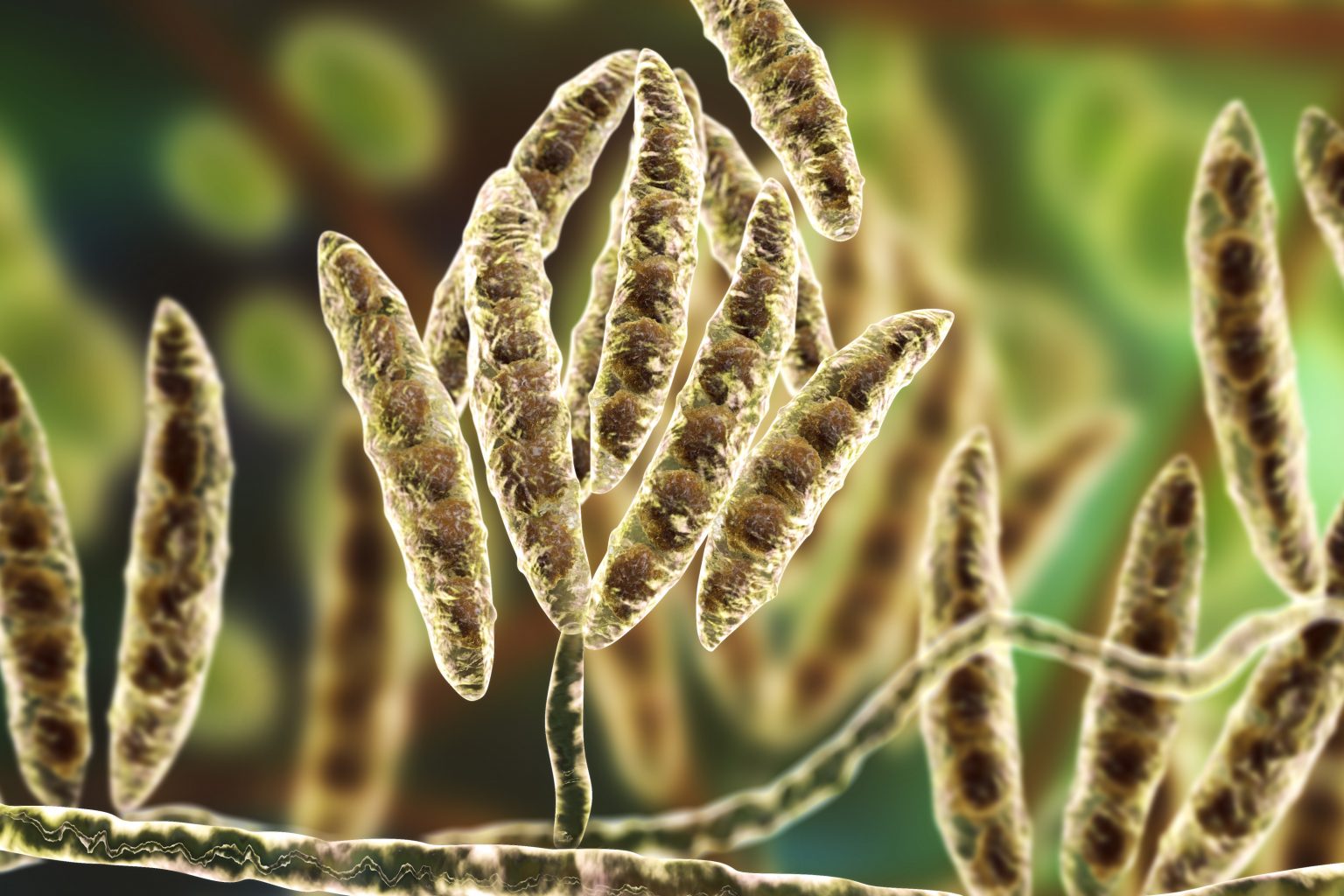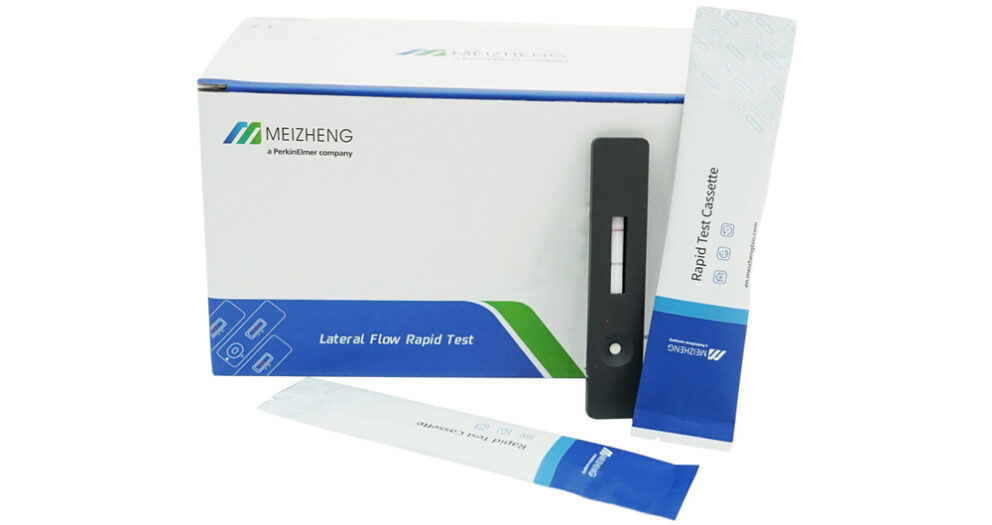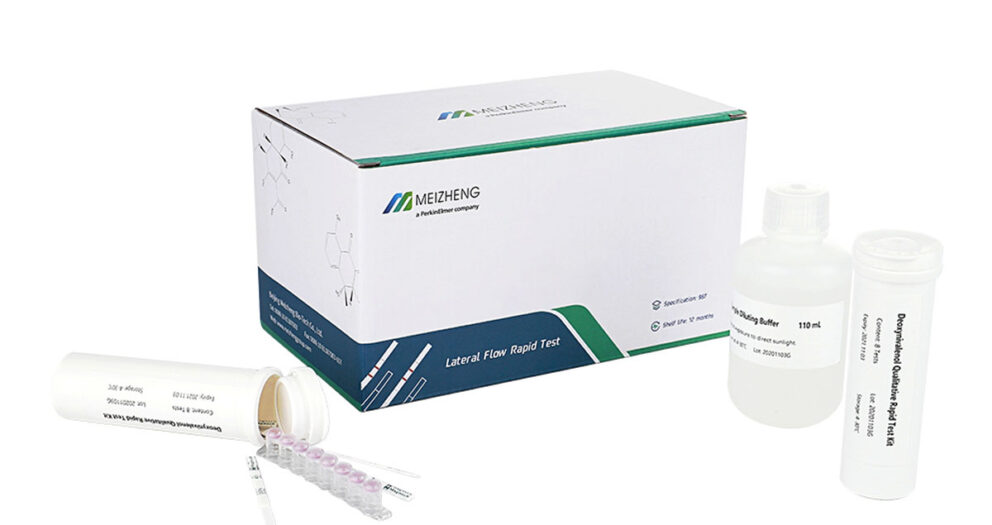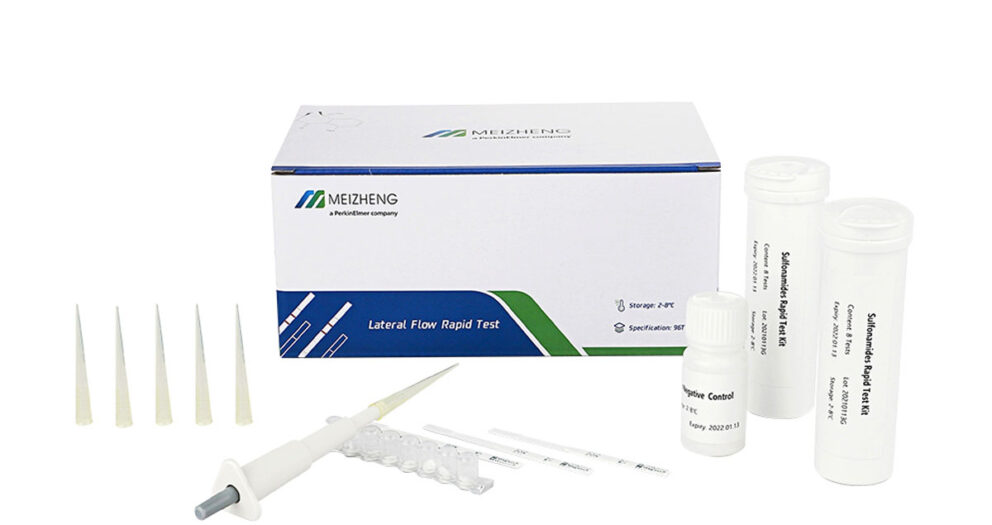Mycotoxins are secondary metabolites produced by fungi, which mainly contaminate grain, oil, food and feed. Mycotoxins are often found in fruits, vegetables, and livestock products. So what are the common mycotoxins and hazards in wheat and its products?
1. Trichothecenes Trichothecenes are a group of toxic metabolites with similar biological activity and chemical structure produced by Fusarium species. Mainly pollutes wheat, corn, barley, oats and other grains and their products. According to the different groups at the C8 position in its structure, it can be divided into four categories: A, B, C, and D. The trichothecenes that naturally pollute grains mainly include T-2 toxin, Fusarium deoxynivalensis. Enol (DON, DON) and Nivalenol (NIV), etc. The main toxic effects of trichothecenes are cytotoxicity, immunosuppression, teratogenicity and possible weak carcinogenicity. DON has stable toxicity, heat resistance, acid resistance, and storage resistance. Generally, it contains high concentrations in barley, wheat, corn, and oats. Most countries generally require that the content in human consumer products should not exceed 1 mg/kg. Mycotoxin poisoning caused by DON is also known as drunken grain disease. To date, the world’s reported human DON poisoning has mainly occurred in China and India. Under normal conditions, all trichothecenes are very stable and can be stored for long periods of time. Human and animal poisoning caused by trichothecenes are all related to ingestion of scab wheat, scab corn and moldy grains.
2. Zearalenone (Zearalenone, ZEN) is a 2,4-dihydroxybenzoic acid lactone compound produced by Fusarium graminearum, Fusarium pink, Fusarium yellow and other species. In temperate regions, zearalenone is an important mycotoxin, which mainly contaminates crops such as corn, rice, millet, sorghum, barley, and wheat. It is also detected in soybeans and their products, malt, beer, and flour. Zearalenone is very stable and has strong heat resistance, and it was completely destroyed after being treated at 110 °C for 1 h. ZEN is a reproductive system toxin with strong teratogenic effects. Although the acute toxicity of zearalenone is very low, it can cause lesions in the reproductive system of animals and humans, and is related to precocious puberty, endometrial hyperplasia, endometrial cancer and human cervical cancer. , ovulation and fetal development.
3. Aflatoxins (AF) are secondary metabolites produced by Aspergillus flavus and Aspergillus parasiticus. Penicillium, Mucor and Rhizopus can also be produced, but the yield is less. There are 17 derivatives of this toxin, of which AFB1 is the most common, with the highest pollution level, and the strongest toxicity and carcinogenicity. High intake of aflatoxins has been reported to be associated with the incidence of liver cancer. In 1993, aflatoxin was classified as a class I carcinogen by the World Health Organization. Aflatoxins are widely distributed in moldy grains and their products, especially peanuts, peanut oil, corn and their products, and dairy products and feeds also contain more aflatoxins. Aflatoxins are chemically stable, but unstable under alkaline and heating conditions.
4. Fumonisin (Fumonisin, FM) is a group of structurally similar diester compounds produced by Fusarium moniliformes. Currently, at least 15 different fumonisin analogs have been identified. According to fumonisin The chemical structures of toxins can divide them into four groups: FA1, FA2, FA3, and FAK1; FB1, FB2, FB3, and FB4; FC1, FC2, FC3, and FC4; and FP1, FP2, FP3. FB1 and FB2 are two of the most prevalent and toxic toxins in nature, which can induce leukomalacia in horses (ELEM), pulmonary edema syndrome (PPE) in pigs, liver-like changes and nephropathy in sheep, liver necrosis and necrosis in rats. Human esophageal cancer, etc.
5. Ochratoxin A (OTA) is a group of structurally similar secondary metabolites produced by Penicillium verructomyces, Penicillium viridis and Aspergillus ochra, among which ochratoxin A is the most toxic. The compound is fairly stable and is only partially destroyed by normal cooking and processing methods. The conditions for Ochratoxin A production by Ochra are mesophilic and cold climates. Ochratoxin is the most harmful to the liver and kidneys of animals, and is also teratogenic, immunosuppressive and carcinogenic. Investigations suggest that ochratoxin contained in food in some Balkan countries may be associated with human kidney disease in some parts of these countries. Therefore, the health effects of OTA in grains for food and feed have received widespread attention.
Mycotoxins rapid test strips can rapidly and quantitatively detect T2 toxins, vomitoxins, ochratoxins, fumonisins, zearalenone in foods such as grains, feeds, cereals, edible oils, condiments, etc. Mycotoxins rapid test kits are suitable for grain and oil monitoring centers, grain and oil feed production and processing, food processing trade, self-inspection of livestock and poultry farmers, and rapid market screening by quality supervision departments.







